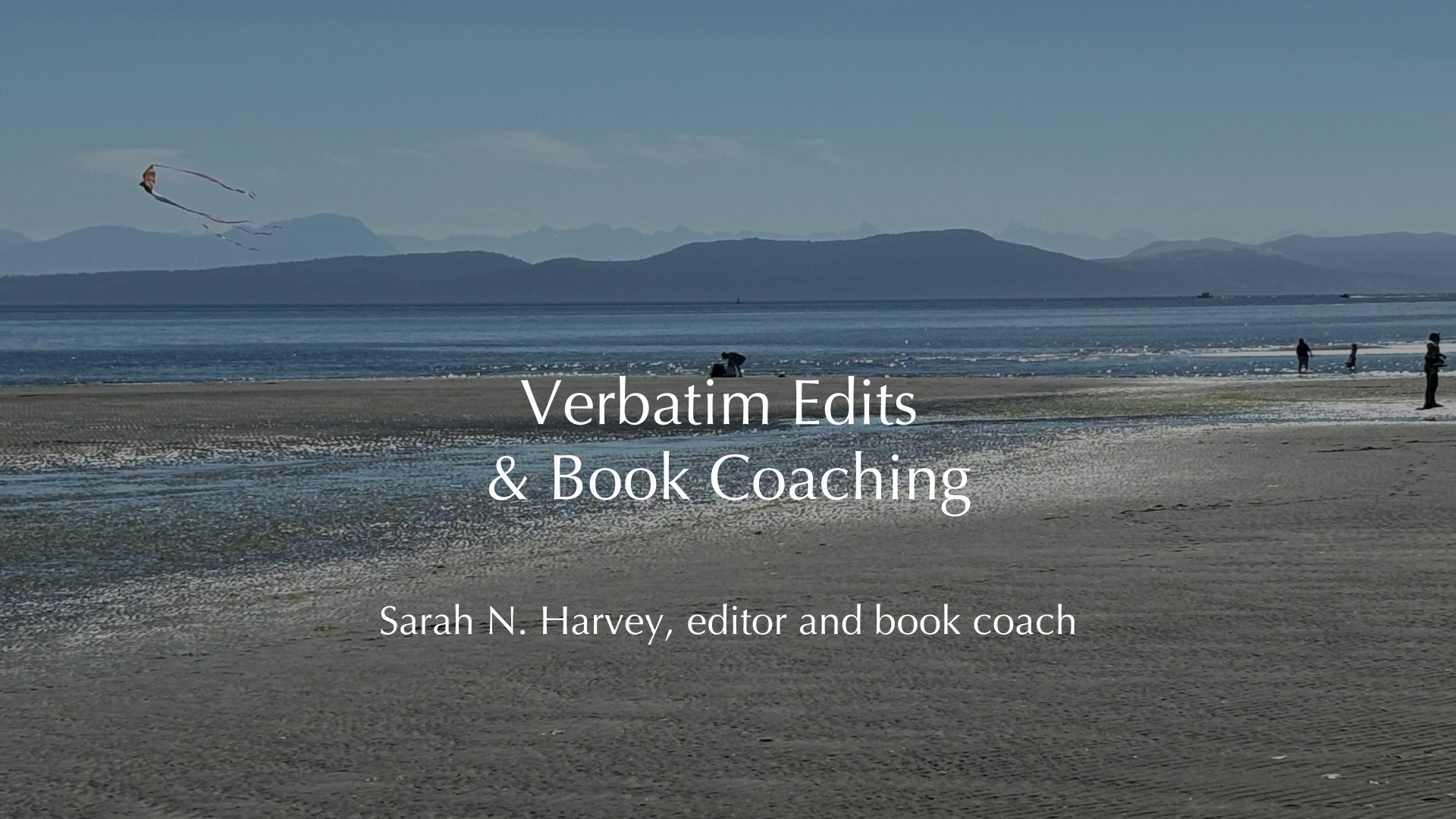I say this over and over again to anyone who will listen: editing (and book coaching) is 75 percent relationship and 25 percent mechanics. Maybe even 80/20 sometimes. If the relationship isn’t there, then the process can be, well, painful. Each editing relationship is different, of course. There is no “one size fits all” way to edit or coach a writer. I learn as much from the writers I work with as the writers learn from me, and I wanted to tell the stories of some of the incredible people I’ve had the honour and pleasure of working with. Off the Page is the result.
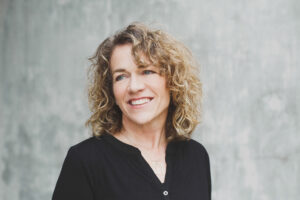
I think Robin Stevenson’s first YA novel, Out of Order (affectionately known–by me–as OOO) was one of the first books I acquired for Orca. Back in the day, slush piles were actual piles of mailed-in manuscripts. (More on slush piles in a later post.) I started reading it and was immediately hooked. For one thing it was set in Victoria (where I live). Not only was it set in Victoria, it took place in Fernwood, the neighbourhood where the Orca office is located, and where Robin lives. I loved the main character, Sophie, and her new friends at the local high school. But most of all, I loved the way Robin wrote.
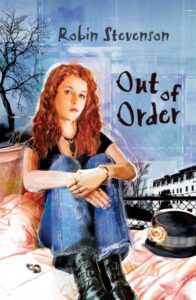
Phoning an author to tell them they are going to be published is always a thrill. I NEVER email that news; I want to hear an author squeal, shriek, drop the phone, dance around (yes, you can hear that, too) and call for a partner/child/friend to share the joy. I’m not sure Robin squealed, but she was pretty happy. Out of Order was her first novel, but it certainly wouldn’t be her last.
Robin and I have worked together on five YA novels, three middle-grade novels, two hi-lo novels and two non-fiction books. We also wrote a YA novel together, Blood on the Beach, which was more fun to write than you can imagine. The amazing cover (it’s one of my favourites) was created by graphic designer Teresa Bubela.
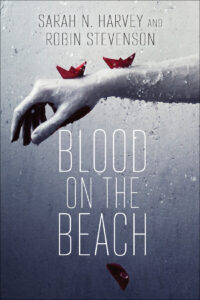
When asked about our author/editor relationship, Robin said, “You have edited so many of my books, including both fiction and nonfiction for middle grade and teen readers, so it is hard to remember specifics or know where to begin. In terms of my own learning, some of the things that stand out for me, especially with the earlier novels, are to do with character and voice: making sure that the main characters stay at centre stage and the story doesn’t get hijacked by more interesting secondary characters, avoiding stereotyped and cliched characters, ensuring that the POV character’s voice is consistent and so on. I also remember learning to cut scenes and characters that don’t play an essential role or contribute much to the story as a whole. I think working with you taught me a lot about how to read my own work critically and strengthened my ability to edit and revise prior to submitting, so hopefully the later books were less work for you then my first ones.”
I honestly didn’t find working on any of Robin’s books difficult. She was always open to my comments and suggestions, so in every book I would see improvement (although her fondness for semicolons was a hard habit to break).
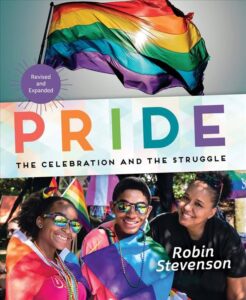
When I asked her to write a nonfiction book about Pride, she was uncertain about tackling nonfiction. As it turns out, Robin’s nonfiction is as brilliant, powerful, and compassionate as her fiction. She never flinches from hard work, nor does she turn away from difficult topics.
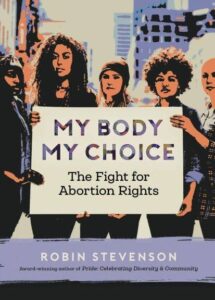
Robin has published 30 books (and counting) and has won numerous awards, including a Stonewall Honor Award for Pride. She is a force for good in the world. Learn more about Robin and her books at robinstevenson.comn
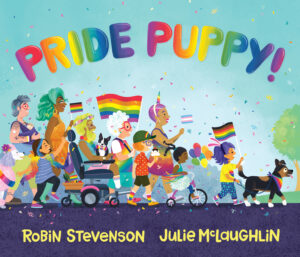
One of her most recent books is the picture book Pride Puppy, which came out in 2021. It’s a rhyming alphabet book that tells the story of a family whose dog gets briefly lost at a Pride parade. Luckily there are lots of people around to help out. The book is beautifully illustrated by Julie McLaughlin.
If you’d like to chat with me about how I might help you with your writing, click here for a free 20-minute consultation. Let’s make the alchemy happen!
